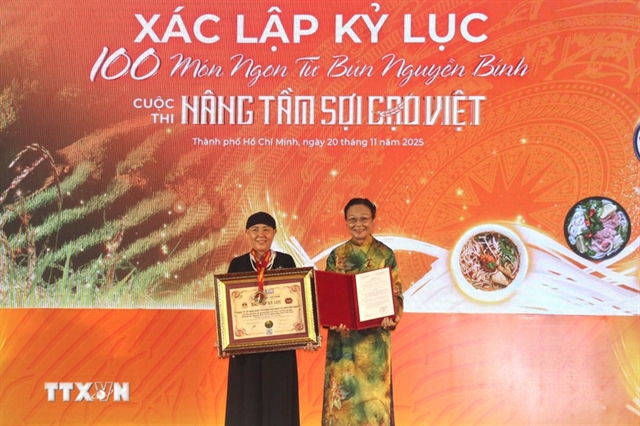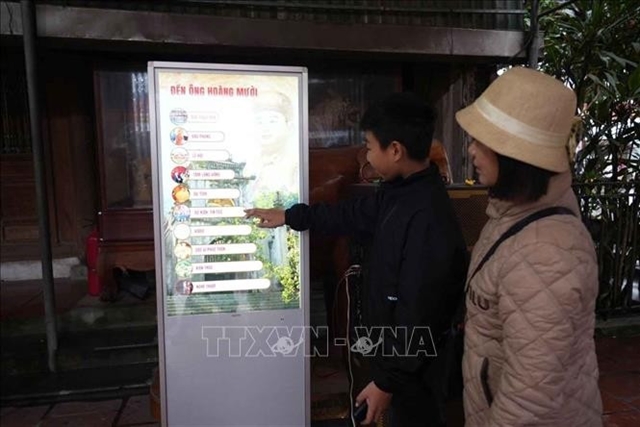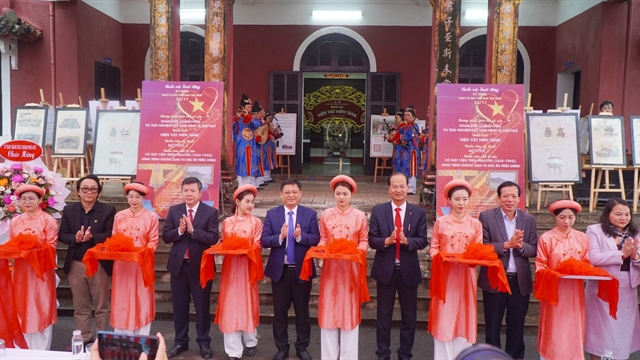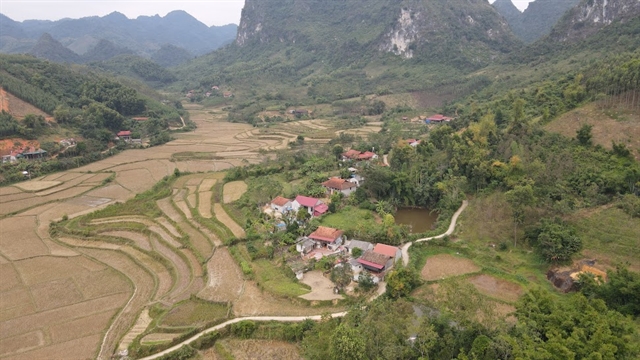 Opinion
Opinion

Dr Nguyễn Thanh Liêm, former director of the National Paediatrics Hospital, has said that while the vaccine coverage in Việt Nam is still low, the economy and health sectors are weak, and Việt Nam cannot yet live with COVID-19 like European and American models.
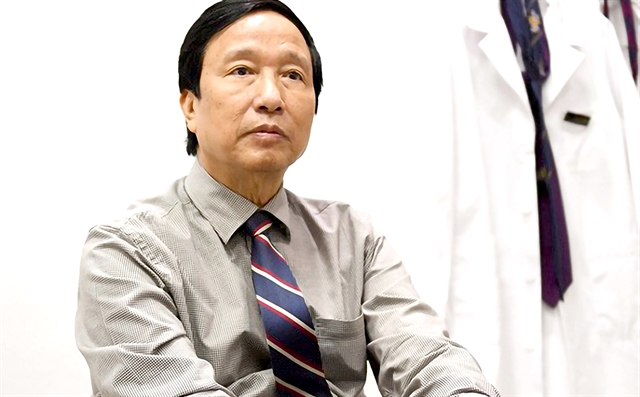
|
| Dr Nguyễn Thanh Liêm, former director of the National Peadiatrics Hospital |
Dr Nguyễn Thanh Liêm, former director of the National Paediatrics Hospital, has said that while the vaccine coverage in Việt Nam is still low, the economy and health sectors are weak, and Việt Nam cannot yet live with COVID-19 like European and American models.
What do you think needs to be done in order to reduce the death rate for COVID-19 patients?
Treating COVID-19 patients is a challenge not only for Việt Nam but also for the whole world. The overall mortality rate, especially in Hồ Chí Minh City, is high. That is understandable given our economic and medical conditions.
To reduce mortality, we need to constantly update about scientific progress to apply new treatments that the world has successfully applied. There are two treatment methods that can be studied to deploy as soon as possible in our country.
The first is transfusion of convalescent plasma containing antibodies against SARS-CoV-2 virus from recovered patients to patients at risk of severe conditions.
This is not a new method. During the COVID-19 pandemic, many parts of the world have applied this method and it has contributed to reducing the mortality rate. Due to the urgent pandemic situation, the designs and results of some previous studies are not very convincing. However, the recent study by Libster et al., published in the prestigious New England Journal of Medicine, is remarkable.
This is a well-designed study with 160 participants, so the results are very reliable. The study showed that plasma transfusion from recovered patients reduced the rate of respiratory failure and mortality compared with the control group receiving saline serum.
Two points emphasised in this study are that they administered convalescent plasma to patients very early, within 72 hours of the onset of symptoms, and they only use plasma with high anti-viral antibody titers. Although the transfusion subjects were people 65 years of age or older with underlying medical conditions, none of the patients had serious adverse events.
Collecting plasma from donors is in principle the same as collecting blood from blood donors. The method is easy to implement, and low cost. The Ministry of Health should direct the city’s Hematology and Blood Transfusion Hospital and the National Institute of Hematology and Blood Transfusion to soon establish a plasma bank with anti-viral antibodies to use on high-risk patients.
The second is early infusing mesenchymal stem cells from the umbilical cord for patients with respiratory failure to prevent Cytokine storm - the leading cause of death in patients with respiratory failure. This method has been used for respiratory failure of various causes.
With COVID-19, some studies show that stem cell transfusion can increase the survival rate by 2.5 times compared to the group without transfusion. Currently, Việt Nam has mastered the technology to produce mesenchymal stem cells in large quantities, which, if studied and deployed, will be a promising method to reduce mortality.
Vaccines are the most fundamental solution, which should be considered the number one priority in the policy against COVID-19. However, in reality, the number of people who are vaccinated against COVID-19 in our country is too small. But many people still talk about living with the pandemic, is it too early?
Perhaps, we should distinguish between adapting and living with COVID-19. Adaptation means that we accept COVID-19 exists and must have adaptive solutions, but we do not expect to have zero infections.
It is necessary to avoid the concept that living with COVID-19 means returning to a completely pre-COVID-19 life like the US and some European countries. The model of one country cannot be applied to another country.
The US and some European countries can live with COVID-19 because they have achieved some degree of herd immunity thanks to widespread vaccine coverage and the large number of people who have contracted the disease in previous outbreaks. .
Australia is a country with a very developed economy and health sectors, but perhaps because vaccine coverage is not high, they still constantly change social distancing measures or partially reopen depending on the number of new cases discovered within a certain period of time.
Vaccine coverage in Việt Nam is still low, the economy and health sectors are still weak, if we apply the model of living with COVID-19 like European and American styles, it is suicidal. The tragedy in HCM City should not be repeated.
What do you think about the pandemic situation in Hà Nội and what needs to be done to prevent a similar situation to HCM City?
The risk of an outbreak in Hà Nội still exists because the pandemic has spread among the community. Clusters of cases can appear at any time. To prevent the pandemic from getting more serious, Hà Nội still needs to implement social distancing. However, this solution should be implemented in a more flexible way. Lockdown and social distancing can be applied with high-risk areas; low-risk areas should remain open to maintain social activities.
In addition to food supply and medical examination, treatment for non-COVID-19 diseases is also an urgent need. Where do patients go for check-up, where can they buy drugs, can they go to pharmacies to buy common drugs without a prescription?
Hà Nội is the second most populous city after Hồ Chí Minh City, the hub of central agencies and the area of many industrial zones. If the pandemic breaks out in Hà Nội, it will cause very heavy consequences. In addition to lockdown, social distancing and the 5K message, it is necessary to quickly vaccinate people living in the capital. Prioritising vaccines for Hà Nội is a legitimate and necessary requirement.
In addition, Hà Nội needs to actively prepare for the worst-case scenario. All hospitals at district and ministerial level, hospitals in the city and central hospitals need to be ready to receive COVID-19 patients. The equipment needs to be available, especially central oxygen generation systems.
The battle with COVID-19 is still long and arduous, and it is necessary for people to agree and voluntarily abide by the Government's policies and the regulations of the health sector. — VNS

